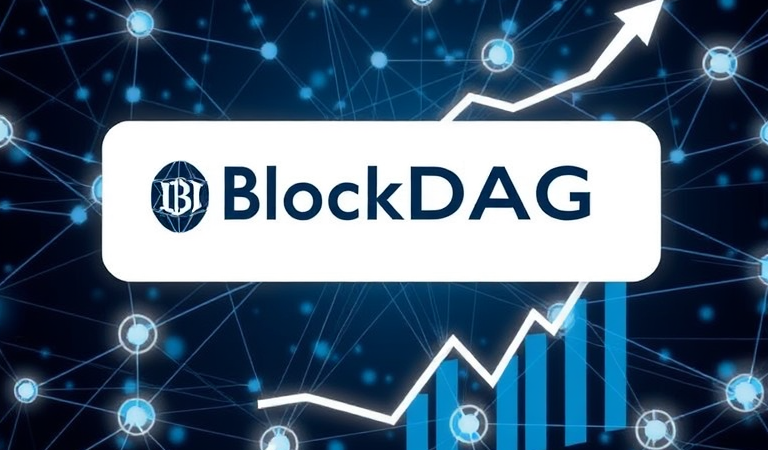Exploring the Innovation Stack: Fundamental Bits of knowledge for Current Programming Advancement


In the unique universe of programming improvement, the expression “innovation stack” is something beyond industry language — it’s a significant part of the advancement cycle. An innovation stack, frequently essentially called a “tech stack,” alludes to the assortment of advancements, devices, and structures used to fabricate, send, and oversee applications. Understanding how to really pick and influence a tech stack can fundamentally influence a task’s prosperity, effectiveness, and versatility.
Characterizing the Innovation Stack
At its center, an innovation stack is a blend of programming items and programming devices used to make a web or versatile application. An ordinary stack incorporates:
Front-End Advancements: The client-side parts that clients cooperate with straightforwardly. This layer is answerable for the UI (UI) and client experience (UX). Normal advancements include:
HTML/CSS: These basic advancements characterize the construction and style of website pages.
JavaScript: Adds intelligence and dynamic substance to website pages. Current JavaScript structures and libraries, for example, Respond, Precise, and Vue.js, smooth out improvement by offering reusable parts and effective information taking care of.
Back-End Advancements: The server-side parts that handle application rationale, information handling, and cooperations with the data set. This layer regularly includes:
Programming Dialects: Like Python, Java, and Node.js, which are utilized to construct the server-side usefulness.
Systems: Devices like Django (Python), Spring (Java), and Express.js (Node.js) give organized ways to deal with building powerful back-end frameworks.
Application Servers: Programming like Apache Tomcat and Nginx that deal with the execution of back-end code and serve content to clients.
Data sets: Frameworks for putting away and overseeing application information. They can be:
Social Data sets, For example, MySQL and PostgreSQL, which utilize organized question language (SQL) for information the board and are great for applications requiring complex inquiries and exchanges.
NoSQL Data sets: Like MongoDB and Cassandra, which handle unstructured information and are intended for adaptability and adaptability in taking care of different kinds of information.
DevOps Apparatuses: These work with robotization, combination, and sending. Key instruments include:
Adaptation Control Frameworks: Git and stages like GitHub and GitLab, which track changes and team up on code.
Cd Instruments CI/: Nonstop Combination/Constant Sending arrangements like Jenkins, CircleCI, and Travis CI computerize testing and organization processes, upgrading improvement speed and unwavering quality.
Cloud Administrations: Offer adaptable framework and stages for sending and overseeing applications. Significant cloud suppliers include:
Framework as a Help (IaaS): AWS, Google Cloud Stage, and Microsoft Sky blue give virtualized processing assets and capacity arrangements.
Stage as a Help (PaaS): Administrations like Heroku and Google Application Motor work on organization and the executives by giving a stage to building and running applications.
Choosing the Right Innovation Stack
Picking the right innovation stack is a basic choice that impacts the task’s general achievement. A few elements ought to direct this decision:
Project Prerequisites: The particular requirements of the venture direct the fitting advancements. For example, a continuous correspondence application could focus on WebSocket support, while a web based business webpage could require strong information the executives and security highlights.
Adaptability: As applications develop, they need to deal with expanded traffic and information. The chose stack ought to help versatility, taking into consideration future development without significant redesigns.
Advancement Speed and Effectiveness: Utilizing laid out systems and libraries can speed up improvement by giving pre-assembled functionalities and lessening the requirement for custom coding.
Local area and Backing: areas of strength for an and dynamic help assets can be significant for investigating, updates, and best practices. Advances with enormous networks frequently benefit from broad documentation and outsider devices.
Cost Contemplations: Financial plan limitations can influence innovation decisions. This incorporates starting permitting and framework costs as well as continuous upkeep and potential scaling costs.
The Developing Idea of Innovation Stacks
Innovation stacks are persistently developing as new advancements and patterns arise. Present day headways like serverless processing, microservices engineering, and man-made reasoning are reshaping the way in which tech stacks are developed. These advancements offer better approaches to assemble versatile, effective, and clever applications.
Serverless Registering, for instance, permits engineers to zero in on composing code without overseeing servers, while microservices break applications into more modest, free administrations that can be created and scaled independently. Man-made reasoning and AI mix are turning out to be more common, giving high level information investigation and robotization abilities.
End
In rundown, the innovation stack is a major part of programming improvement that decides how applications are fabricated, kept up with, and scaled. By understanding the parts of a tech stack and cautiously choosing the right instruments and innovations, improvement groups can make powerful, effective, and versatile arrangements that meet their venture objectives. As innovation keeps on developing, remaining informed about arising patterns and progressions will guarantee that tech stacks stay significant and compelling in tending to future difficulties.



